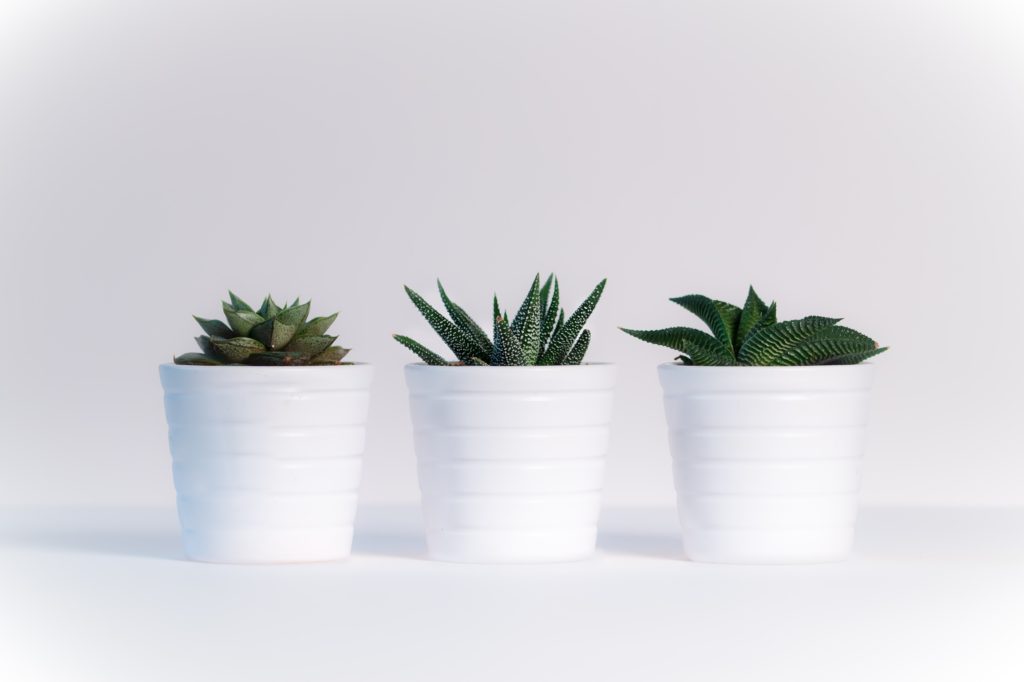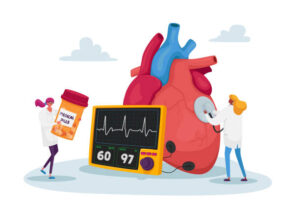In simple terms, being eco-friendly is often interpreted to refer to the use products and participating in activities that do no harm the environment or cause the least amount of harm to the planet.
An eco-friendly manufacturing process, for example, may help save the environment by relying on fewer fuels (but not zero) during production.
Compared to other products, this product may have lower environmental impacts, but it would still harm the environment over time.
Principles of Living an Eco-Friendly Life

Using the earth’s natural resources wisely and minimizing waste are all part of green living. Here are a few guidelines for living a greener, eco-friendly life.
- Water conservation
The efficient use of water is one of the best eco-friendly principles we can practice. This principle is vital to advancing good water management practices at homes, farms, and factories. In addition to preventing flooding and water waste, these systems can protect water sources from pollution.
- Organic diet
Whenever possible, green living encourages the consumption of organic food. You should eat healthy, locally sourced, organic, low-impact, and seasonal foods. Support local farming and organic products.
- Sustainable materials
The term sustainable materials refer to products that are healthy, efficient, and durable. The use of locally sourced materials is an example.
- Sustainable transportation
It is a good principle of green living to use low-carbon transport mechanisms. As a result, green transportation services need to be expanded. You can take electric trains and cars, walk or cycle, or use public transportation.
- Zero waste and carbon
Reduce the amount of waste going to landfills. You should only buy and consume products that you need. Quality is more important than quantity. The goal is to use efficient and renewable technology as easily as possible.
- Healthier environments
You can live an eco-friendly life by participating in active and meaningful life activities. This will improve your health and well-being. It’s important to live a healthy, fun, and stress-free life. Hike, walk, sail, and ski more often. Sounds good, doesn’t it?
- Stronger cultural values
Culture can preserve and enhance the local environment easily and effectively. As an example, local cultures emphasize conservation, minimizing waste, and using organic products.
As a result, revitalizing and respecting local cultures, identities, and knowledge is crucial to fostering eco-friendly practices and creating sustainable cultures.
Key Stats on Eco-Friendly Living
·
A tankless water heater can save you up to 34% on
energy costs, with most lasting over 20 years, depending on your water
usage.
·
Paints, aerosol sprays, dry-cleaned clothing,
building materials, and other products contain VOCs, which can have a
host of negative health and environmental effects.
·
Over 93% of the top 250
companies worldwide report on sustainability.
·
Paper containers generated in the industry amount
to 41.9 million tons, with 80.9% being
recycled.
·
Sustainable packaging is the preferred choice
of 70% of
consumers.
Steps to Start Green Living

To live a sustainable and eco-friendly lifestyle, we can take several actions. To help you get started and improve your health, here are a few eco-friendly ways to live.
- Reduce your plastic usage
The use of plastic in our environment is becoming a growing problem, and it takes billions of years for plastic to break down.
In addition, they contain hazardous chemicals that cause thousands of marine mammals, birds, turtles, and seals to die after ingesting or being entangled in plastic. Living sustainably means ditching plastic, especially single-use plastics to reduce carbon footprint.
- Cutting down energy use
You can promote eco-friendliness and sustainable by reducing the amount of energy used in your household and promoting renewable energy usage.
If you want to save energy, you can turn off lights and appliances when you are not using them, install energy-efficient appliances, use a programmable thermostat to control the temperature, hang clothes outside instead of drying them in the dryer, and switch to LED lighting.
In addition to reducing energy costs and offsetting carbon footprints, solar and wind power can be installed and used.
- Embrace reusing items
The possibilities for reusing almost anything are endless. One important material you can reuse is plastic. You can, for example, reuse a used plastic water bottle instead of recycling it.
Some products such as mugs, jugs, magazines, shoes, clothes, and mats are susceptible to contamination. Consider selling or donating these items instead of burning or throwing them away.
- Minimize water wastage
It is easy to begin your eco-friendly journey this way. What can you do to accomplish this? Consider using water-saving showerheads or washers.
You can also choose drought-tolerant plants. These are the best for such purposes since they require less water. All of these can help conserve water.
- Consuming home-made meals
The more you prepare food at home, the more likely you are to enjoy it and, above all, you will cut back on your expenses while eating healthier.
Also, instead of buying vegetables, fruits, and other products from supermarkets, go to farmer’s markets as they consume less fossil fuel during transportation than supermarkets.
- Ditch your vehicle
You may be surprised at how easy this is. Start using public transportation. Buying a bike is another option, or you can walk if you prefer. It is most efficient to choose these options. As a bonus, you become healthier as well.
- Grow a garden
Green living involves growing fruits, vegetables, and plants. Use a window box or a corner of your yard to grow plants and vegetables. This does not require a lot of space.
- Recycle your items
Recycle as much as you can. Is there anything you have used that is glass or plastic? Do you have outdated electronics such as TVs, laptops, refrigerators, cell phones, or batteries? You can recycle these items by finding local companies that are responsible for recycling them.
Bottom Line
The concept of eco-friendly living is surrounded by a lot of myths. However, the reality is much simpler. As much as it benefits the earth and future generations, the green lifestyle is good for you and your family.
You’ll be surprised at how easy it is to get started. Make the switch to an eco-friendly lifestyle as soon as possible, go green, and choose a sustainable way!
Also, tag your kids along. Raising environmentally conscious children begins with teaching them how to live green. Besides being healthier, this lifestyle also ensures a longer life.







